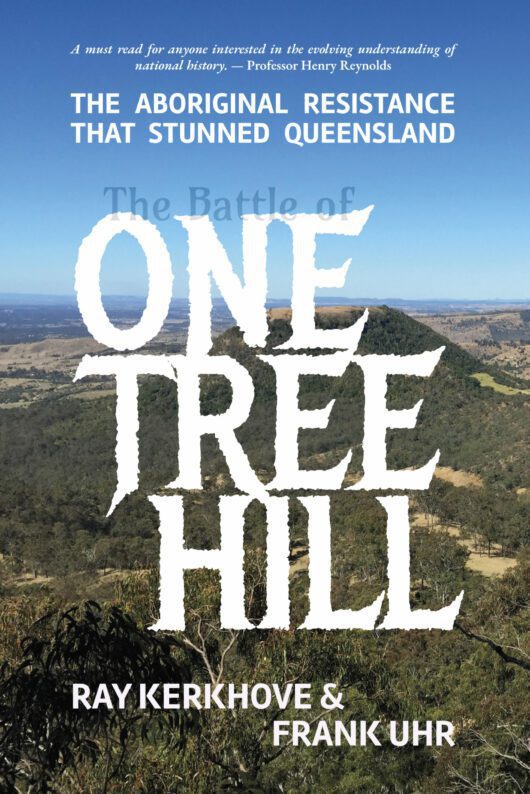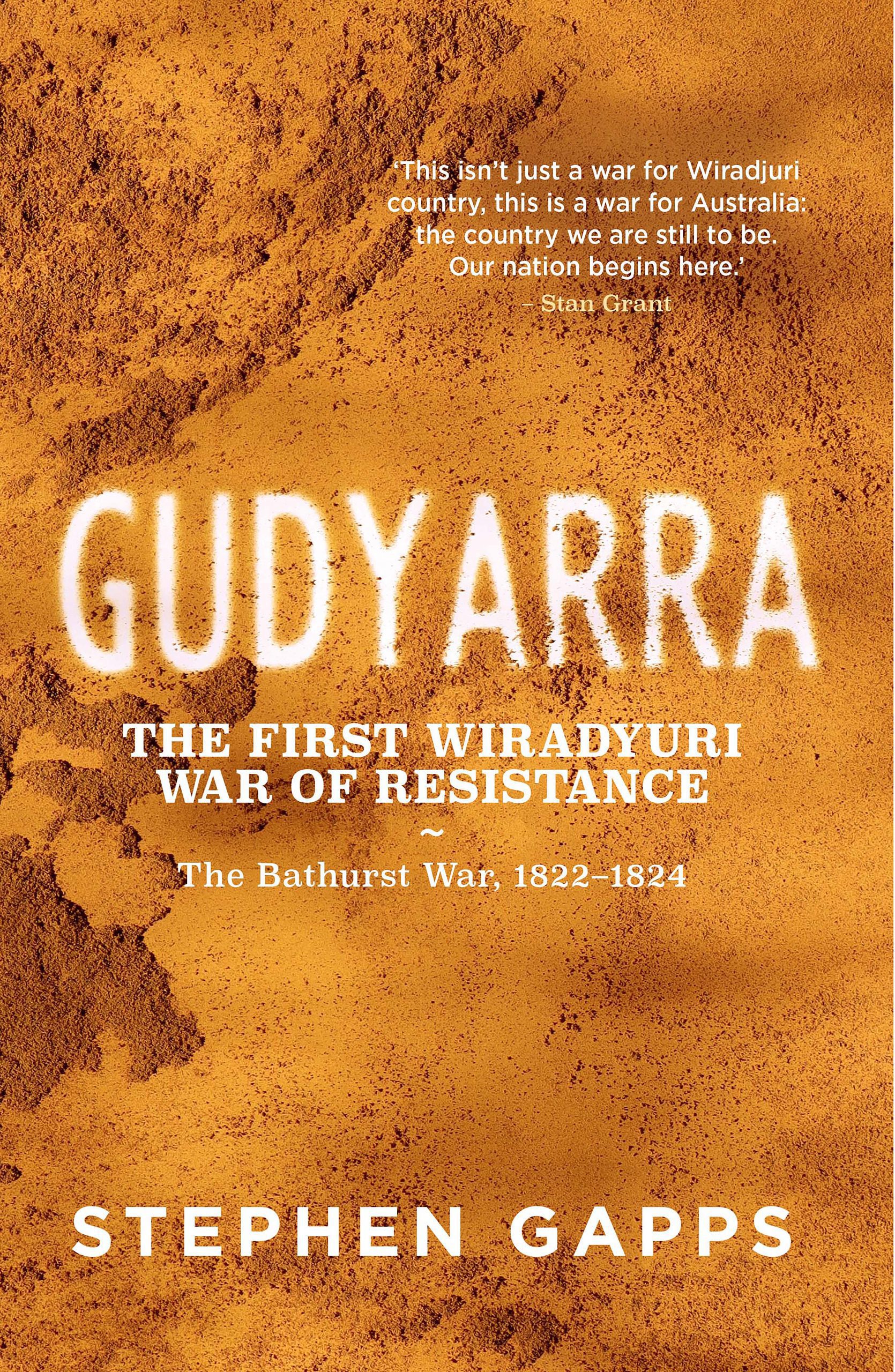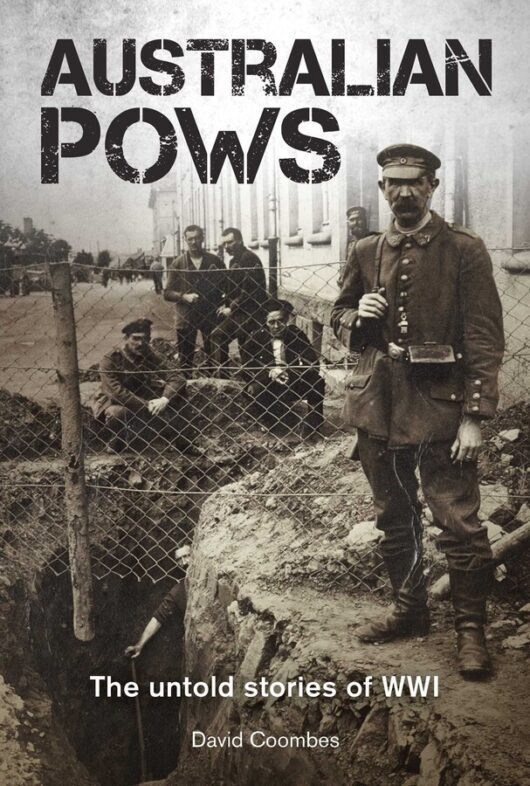The Scrap Iron Flotilla Five Valiant Destroyers and the Australian War in the Mediterranean – Book
$35
Only 2 left in stock
Description
Description
By Mike Carlton
The British Admiralty’s telegram arrived at Navy Office in Melbourne, the order to go to all-out war. It was coldly succinct: TOTAL GERMANY … The war at sea had begun.
When the Second World War broke out in September 1939, the British asked Australia for help. With some misgivings, the Australian government sent five destroyers to beef up the British Royal Navy in the Mediterranean.
HMAS Vendetta, Vampire, Voyager, Stuart and Waterhen were old ships, small with worn-out engines. Their crews used to joke they were held together by string and chewing gum; when the Nazi propaganda minister Joseph Goebbels heard of them, he sneered that they were a load of scrap iron.
Yet by the middle of 1940, these destroyers were valiantly escorting troop and supply convoys, successfully hunting for submarines and indefatigably bombarding enemy coasts. Sometimes the weather could be their worst enemy – from filthy sandstorms blowing off Africa to icy gales from Europe that whipped up mountainous seas and froze the guns. Conditions on board were terrible – no showers or proper washing facilities; cramped and stinking sleeping quarters; unpleasant meals of spam and tinned sausages, often served cold in a howling squall. And always the bombing, the bombing. And the fear of submarines.
When Nazi Germany invaded Greece, the Allied armies – including Australian Divisions – reeled in retreat. The Australian ships were among those who had to rescue thousands of soldiers. Then came the Siege of Tobruk – Australian troops holding out in that small Libyan port city. The Australian destroyers ran ‘the Tobruk Ferry’ – bringing supplies of food, medicine and ammunition into the shattered port by night, and taking off wounded soldiers.
But the four destroyers now left were struggling, suffering from constant engine breakdowns, with crews beleaguered by two years of bombings, wild seas and the endless fear of being sunk. In late 1941 the ships were finally sent home, staggering back to Australia, proudly calling themselves the Scrap Iron Flotilla in defiance of the Goebbels’ sneer. That flotilla is now an immortal part of Australian naval legend, and this is its story.
About the author
Mike Carlton
In a working life of more than 50 years, Mike Carlton became one of Australia’s best-known media figures. He has been a radio and television news and current affairs reporter, foreign correspondent, radio host and newspaper columnist.
He was an ABC war correspondent in Vietnam in 1967 and 1970, and for three years was the ABC’s Bureau Chief in Jakarta. He also reported for the ABC from London, New York and major Asian capitals. In television, he was one of the original reporters on the ABC’s groundbreaking This Day Tonight in the 1970s. He also worked for Nine Network News, and A Current Affair. In 1980 Mike turned to talk radio, first at Sydney’s 2GB with a top-rating breakfast program, and then for four years in London at Newstalk 97.3FM, where he won a coveted Sony Radio Academy award in 1993 for Britain’s best talk breakfast show. His radio satire on current affairs, Friday News Review, was “must listening” in Australia and the UK. In television, he reported and hosted Indonesia: A Reporter Returns, a three-part documentary for SBS; he worked on Radio 2UE as a broadcaster for many years and wrote a long-standing column for the Sydney Morning Herald. Mike has had a life-long passion for naval history and is the author of Cruiser, First Victory and Flagship.
Additional Info
Additional information
| Weight | 0.51 kg |
|---|---|
| Dimensions | 23 × 15 × 3 cm |





